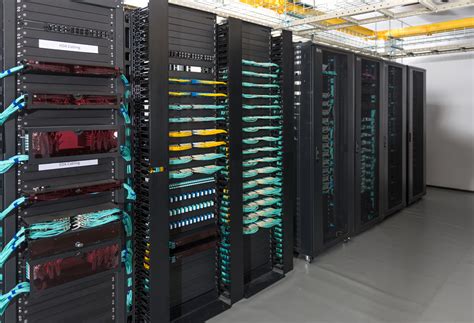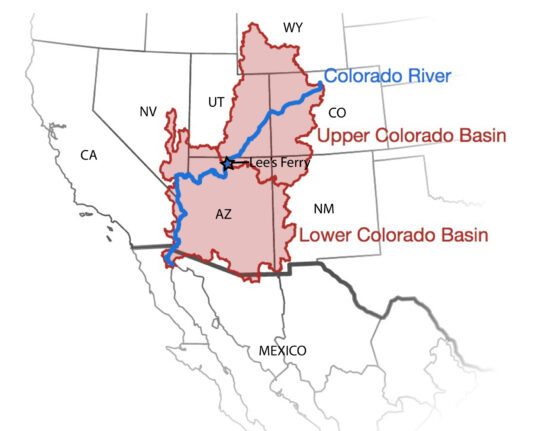Imagine a world where the clouds don’t just bring rain but also hold your data – your secrets, your strategies, and maybe even your vulnerabilities. In this digital realm, the term ‘sovereignty’ takes on a whole new meaning. Let’s journey through the complexities and considerations that define what counts as sovereign in the cloud.
In our modern era, where data is often considered the new oil, conversations around cloud sovereignty are increasingly vital. As Hosken aptly puts it, “The term ‘sovereignty’ is used by different providers in different ways,” and therein lies the crux of the matter. Because when we talk about sovereign cloud solutions, what exactly are we aiming for?
Michels sheds light on this intricate web of definitions by emphasizing how customers view ‘sovereign’ cloud services as a realm of control and transparency. It’s more than just storing data; it’s about knowing who can access it, how it can be used, and where it resides geographically. This level of autonomy empowers customers to make informed decisions tailored to their unique needs.
“Sovereign cloud describes an ideal centered on customer choice and autonomy.”
But sovereignty extends beyond individual choices; it delves into broader policy discussions that shape entire industries and regions. The European Union’s push for European cloud providers reflects not just an economic strategy but also concerns about strategic autonomy and data security.
As Michels points out, this shift towards European providers isn’t merely about patriotism; it’s rooted in safeguarding against potential risks posed by foreign jurisdictions. The specter of foreign government access looms large over organizations dealing with sensitive data or subject to stringent regulations like GDPR.
“Data residency differs from cloud sovereignty – one concerns storage location while the other focuses on foreign government access.”
In this tug-of-war between convenience and compliance, many European organizations find themselves at a crossroads: Do they entrust their data to American hyperscalers with their vast resources or opt for local providers offering assurances of enhanced protection? The decision isn’t just about technology; it’s about trust – trust in legal frameworks, trust in security measures, and ultimately trust in where one’s data truly resides.
The path to sovereign clouds isn’t without obstacles. Organizations face challenges ranging from data classification to interoperability issues that hinder seamless integration across multiple platforms. Moreover, questions of portability raise concerns about vendor lock-in versus flexible migration options.
“One way to navigate legal uncertainty is through a Sovereign Cloud Code of Conduct.”
Amidst these complexities emerges a beacon of hope – a proposed Sovereign Cloud Code of Conduct that could provide clarity amidst legal muddles. This collaborative effort within the industry aims to mitigate risks associated with foreign government interference while upholding fundamental rights.
As Michels advocates for this proactive approach towards regulation compliance under GDPR guidelines, he underscores the importance of mutual understanding between providers and customers alike. By aligning interests and commitments through such initiatives, both parties stand to benefit from increased transparency and accountability in the digital sphere.
Through these narratives intertwined with legal nuances and technological advancements emerge profound insights into the evolving landscape of cloud sovereignty – inviting us all to ponder not just where our data dwells but who holds its reins in this vast expanse we call cyberspace.









Leave feedback about this